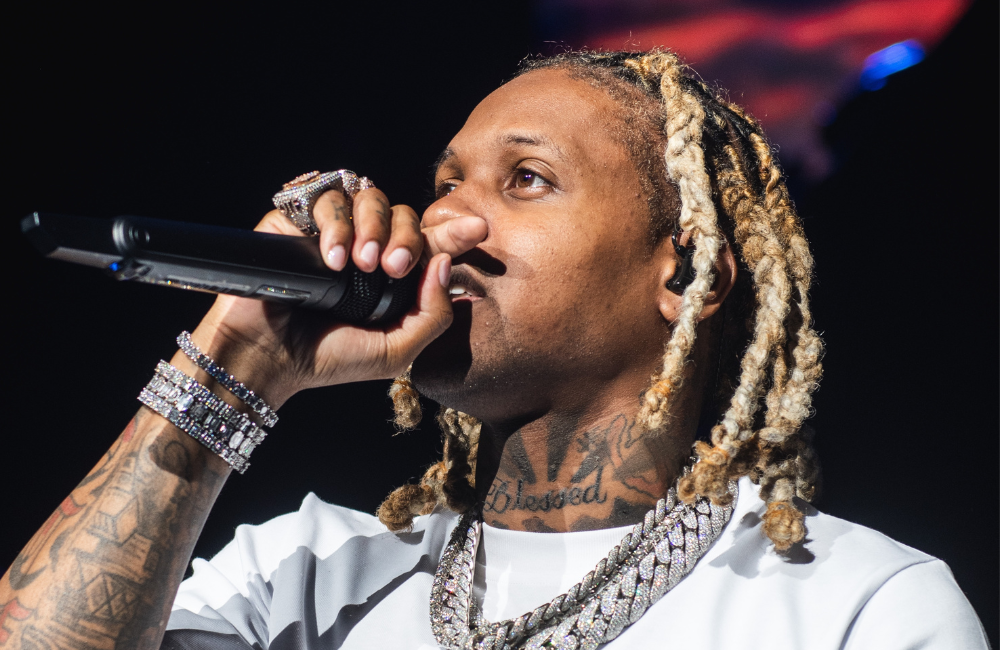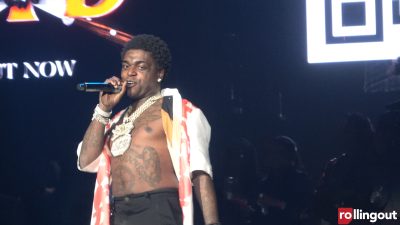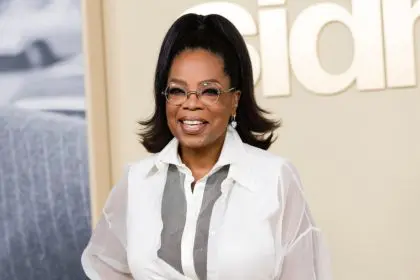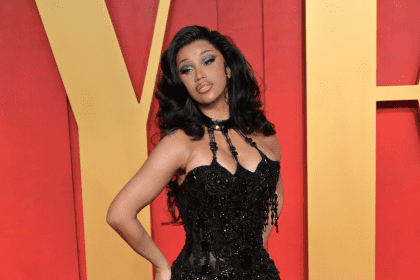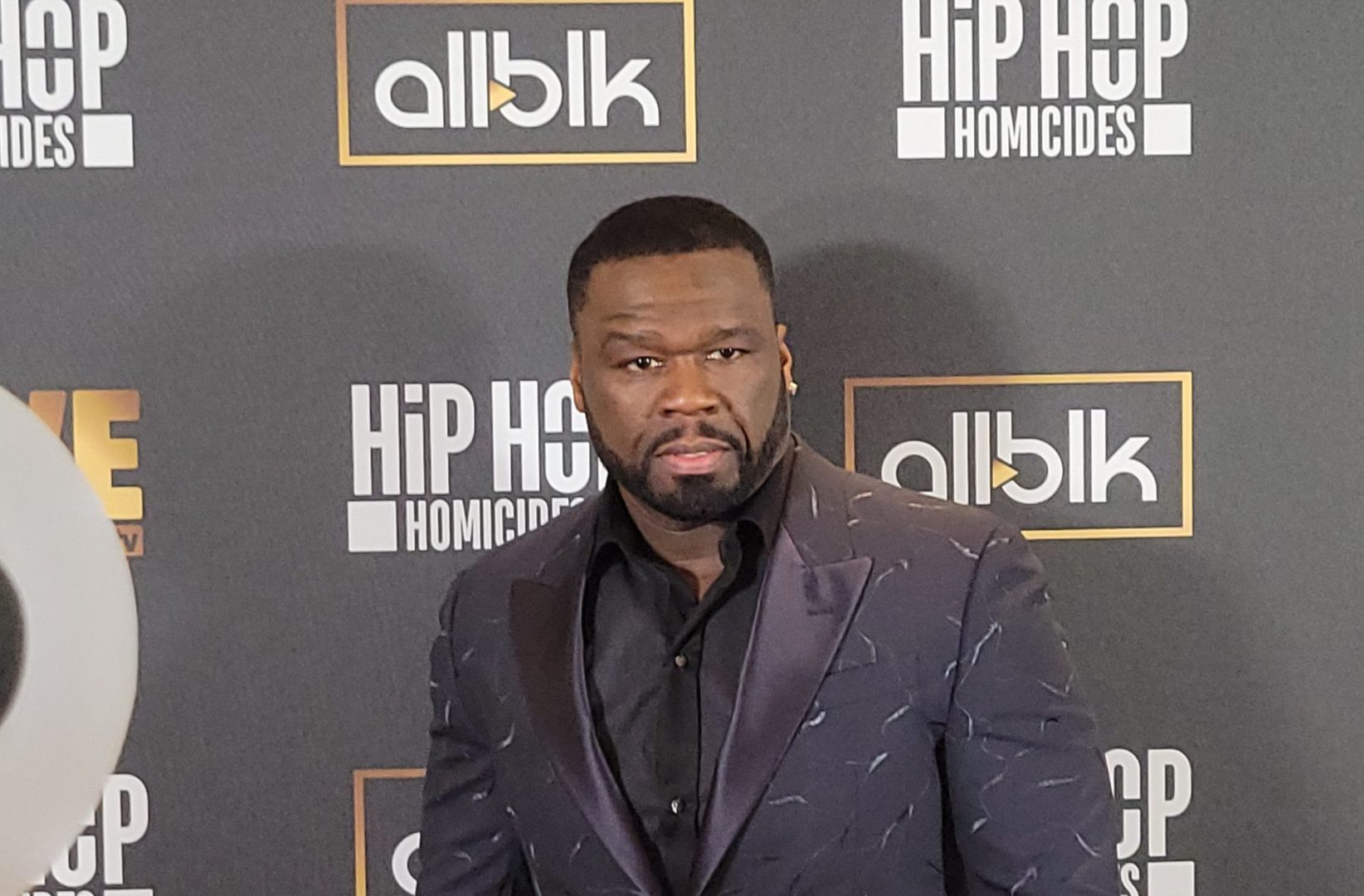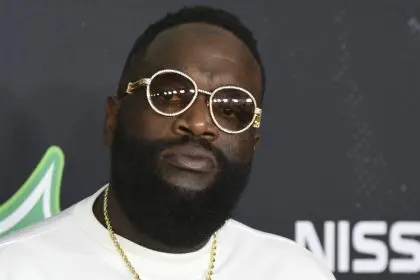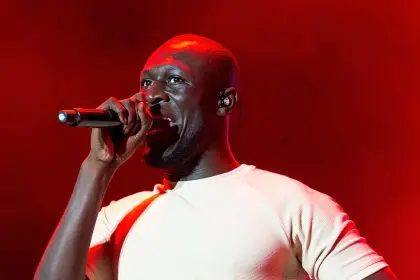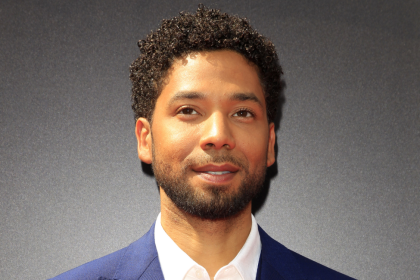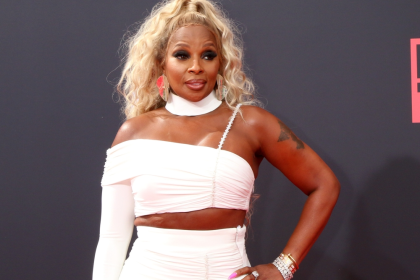Rapper Lil Durk has mounted an aggressive legal defense seeking dismissal of federal murder-for-hire charges in a case that intertwines hip-hop culture with serious criminal allegations. The Chicago-born artist, whose legal name is Durk Banks, faces accusations of orchestrating an attack on fellow rapper Quando Rondo that resulted in the death of Rondo’s associate, Lul Pab. As the case progresses through the federal court system, Banks’ attorneys have filed motions challenging the prosecution’s interpretation of evidence, particularly the use of song lyrics as criminal indicators.
Legal battle intensifies over evidence interpretation
The federal indictment alleges Banks directed members of his group, known as Only the Family (OTF), to carry out the shooting targeting Rondo. While Rondo escaped unharmed, the fatal wounding of Lul Pab transformed what might have been an assault case into a murder investigation with Banks as the alleged mastermind. He has maintained his innocence throughout the proceedings, entering a not guilty plea when formally charged.
At the center of the prosecution’s case is their analysis of Banks’ recorded music, which they claim contains references to the shooting and demonstrates both foreknowledge and celebration of the attack. Federal prosecutors point specifically to lines from Banks’ collaboration with Babyface Ray on a track released several months after the shooting incident.
Defense challenges timeline and evidence authenticity
Banks’ legal team has filed court documents asserting that prosecutors presented “false evidence” to the grand jury that returned the indictment. The defense’s primary argument focuses on the timeline of the recorded lyrics, which they claim were written approximately six months before the shooting occurred. This chronological discrepancy, according to the defense, makes it impossible for the lyrics to reference events that hadn’t yet happened.
Banks’ attorney emphasized in legal filings that it would be illogical to suggest Banks could predict future events through his music. The defense motion further questions how lyrics created before the incident could possibly have informed the grand jury’s determination of probable cause for an indictment.
Disputed video evidence adds complexity
Another contested element involves video footage allegedly showing Rondo‘s reaction upon seeing his wounded associate. Prosecutors suggest that Banks’ lyrics reference this moment, but defense attorneys counter that the audio claimed to be from this footage was never incorporated into Banks’ music. They further assert that videos connecting the lyrics to news footage were fan-created edits circulating online rather than content produced or endorsed by Banks himself.
The defense maintains that Banks did not create these videos, and prosecutors have failed to establish any connection between these independently produced video clips and Banks himself. This argument seeks to sever the perceived connection between Banks’ artistic output and the real-world violence that occurred.
Hip-hop on trial: Broader implications for artistic expression
The case extends beyond Banks‘ personal legal situation to touch on longstanding concerns about the criminalization of hip-hop artistry. The practice of using rap lyrics as evidence in criminal prosecutions has faced growing criticism from both legal scholars and music industry figures, who argue it disproportionately targets Black artists and misinterprets creative expression as literal confession.
Several states have recently considered or passed legislation limiting prosecutors’ ability to introduce lyrics as evidence of criminal activity or intent. These “rap music on trial” bills reflect increasing recognition that artistic expression, particularly in genres rooted in storytelling traditions, should not be presumed autobiographical or presented as literal admissions of criminal conduct.
Industry watches as precedent-setting case unfolds
Music industry observers are closely following Banks’ case, recognizing its potential to influence how artists approach controversial content in their work. The outcome could affect not just rap music but any artistic medium that explores themes of violence, criminality, or social conflict.
Record labels and legal departments throughout the entertainment industry have already begun advising artists about potential legal exposure from their creative output. This has raised concerns about chilling effects on artistic freedom and the potential suppression of voices addressing difficult realities within their communities.
Legal strategy focuses on evidence credibility
Banks’ defense team appears focused on dismantling the foundation of the government’s case by challenging both the timeline and interpretation of the evidence presented. By demonstrating that key components of the prosecution’s narrative are chronologically impossible or based on misinterpretations, they hope to convince the court that the indictment lacks sufficient factual basis.
This approach reflects a growing sophistication in defending against cases that incorporate artistic content as evidence. Rather than arguing broadly about artistic freedom, the defense has chosen to challenge specific factual assertions about when content was created and what it actually represents.
The court’s decision on Banks’ motion to dismiss will likely hinge on these technical arguments rather than broader philosophical questions about artistic expression, though the latter remains an important contextual element of the case.
As this high-profile legal battle continues, it underscores the complex relationship between artistic expression and legal accountability in contemporary society. The outcome will reverberate not only through Banks’ career but potentially throughout the music industry and legal system for years to come.

